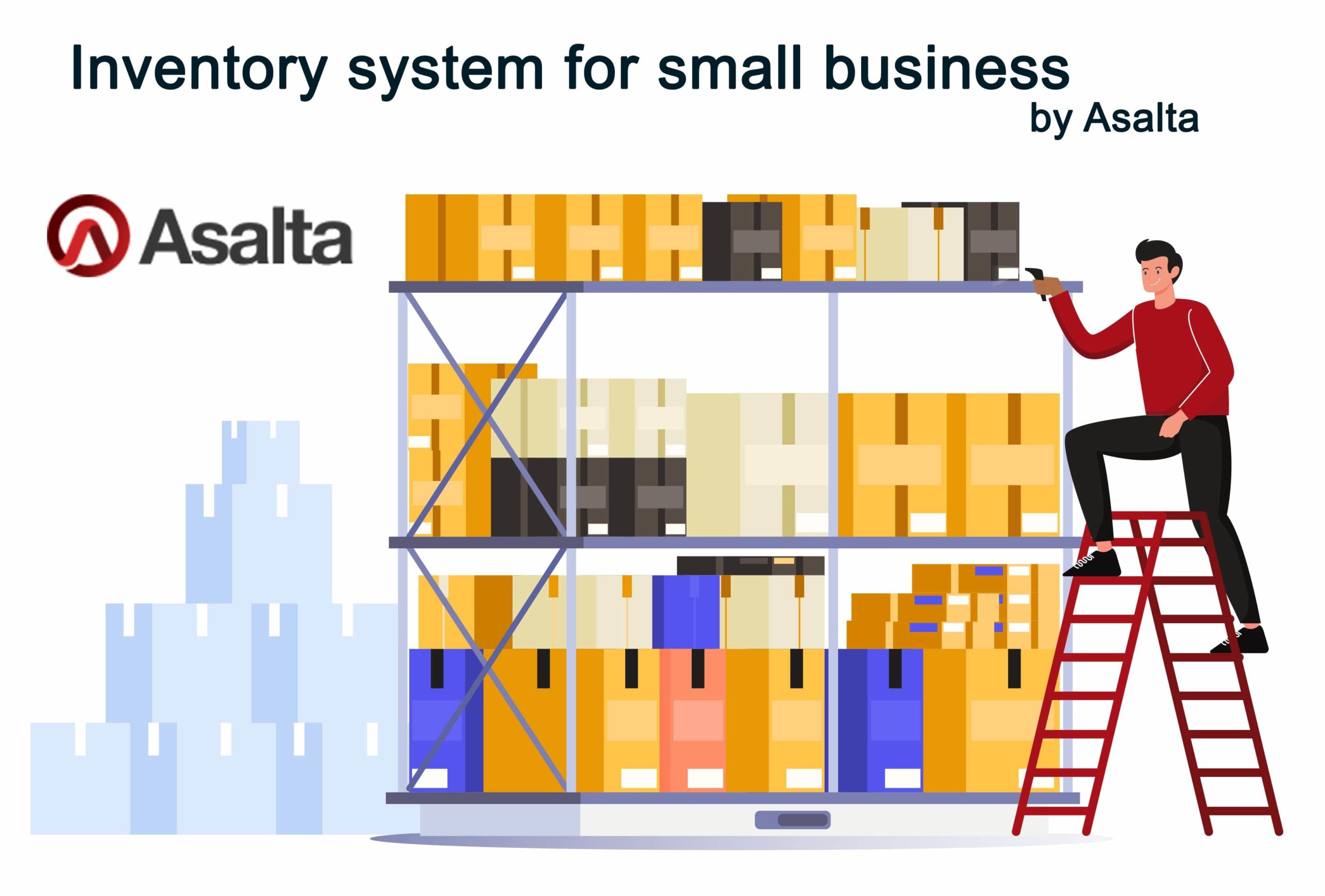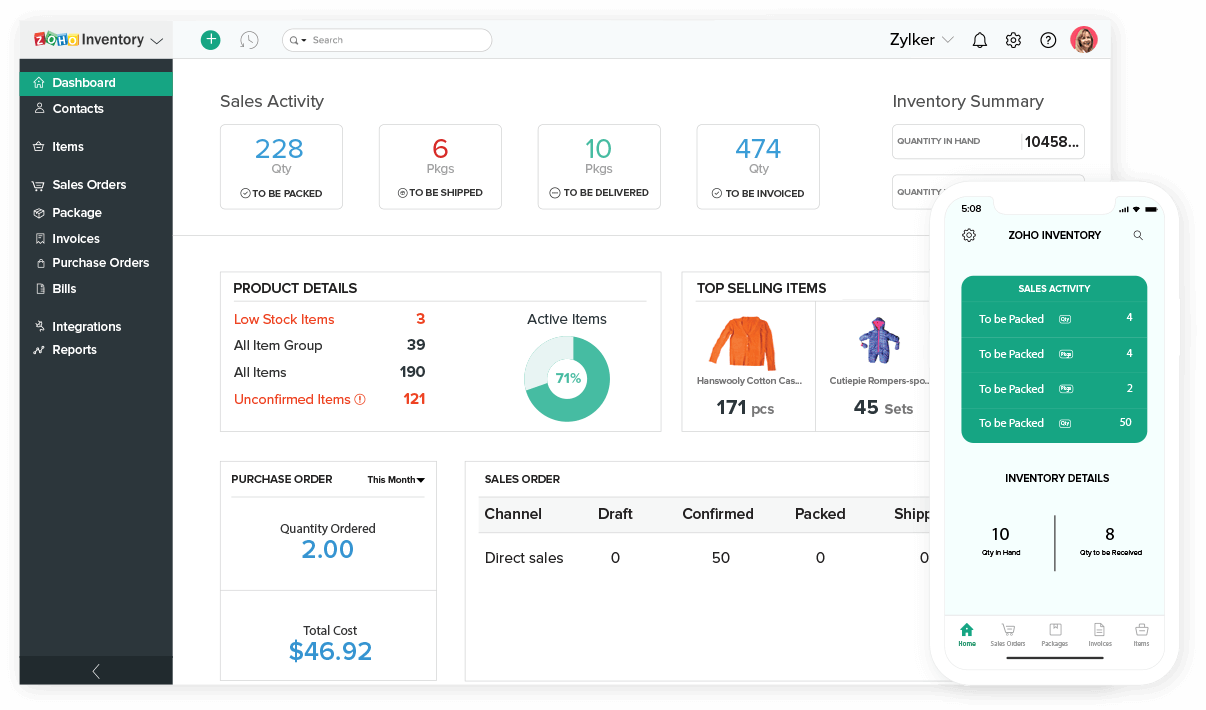Inventory System Small Business: An Overview
In today’s competitive business landscape, inventory management has become paramount for small businesses seeking to thrive. An inventory system small business empowers entrepreneurs with the tools they need to optimize stock levels, reduce costs, and enhance profitability. This comprehensive guide will delve into the significance, benefits, key features, and implementation strategies of inventory systems, equipping small businesses with the knowledge and insights necessary to make informed decisions and drive success.
Benefits of an Inventory System

Implementing an inventory system provides significant advantages for small businesses, enhancing efficiency and minimizing costs.
An organized inventory system streamlines operations, enabling businesses to track stock levels, manage orders, and optimize stock replenishment. This improved visibility and control over inventory levels reduces the risk of stockouts, ensuring timely fulfillment of customer orders and avoiding lost sales due to unavailability of products.
Reduced Costs, Inventory system small business
- Lower storage costs:Accurate inventory tracking helps businesses identify and eliminate excess stock, reducing storage space and associated costs.
- Minimized waste:By preventing overstocking and spoilage, businesses can reduce inventory write-offs and minimize financial losses.
- Optimized purchasing:An inventory system provides insights into product demand and usage patterns, allowing businesses to make informed purchasing decisions, negotiate better prices, and avoid overbuying.
Improved Efficiency
- Faster order fulfillment:With real-time inventory visibility, businesses can quickly process and fulfill customer orders, reducing lead times and improving customer satisfaction.
- Reduced manual errors:Automated inventory systems minimize human errors in stock counting and order processing, leading to greater accuracy and efficiency.
- Enhanced decision-making:Access to accurate inventory data enables businesses to make informed decisions about product assortment, pricing, and marketing strategies.
Choosing an Inventory System

Selecting the right inventory system for a small business is crucial for efficient inventory management. Factors to consider include business size, industry, and budget.
Factors to Consider
- Business Size:Small businesses with a limited number of SKUs may opt for a basic system, while larger businesses with complex inventory needs may require a more robust solution.
- Industry:The nature of the business impacts inventory management. For example, businesses dealing with perishable goods may require a system with advanced tracking capabilities.
- Budget:Inventory systems vary in cost, from free or low-cost options to enterprise-level solutions. Choose a system that aligns with your financial constraints.
Implementing an Inventory System
Implementing an inventory system is a crucial step for businesses of all sizes. It provides real-time visibility into inventory levels, helps prevent stockouts and overstocking, and streamlines the entire inventory management process.
Here are the key steps involved in implementing an inventory system:
Data Entry
- Establish clear guidelines for data entry, including the format for item descriptions, SKUs, and quantities.
- Train staff on proper data entry techniques to ensure accuracy and consistency.
- Use barcode scanners or RFID technology to automate data entry and minimize errors.
Inventory Control
- Set up inventory control rules to define reorder points, safety stock levels, and lead times.
- Implement a system for tracking inventory movements, including receipts, issues, and adjustments.
- Conduct regular inventory counts to verify accuracy and identify discrepancies.
Reporting
- Generate regular inventory reports to monitor stock levels, identify trends, and make informed decisions.
- Use reporting to analyze inventory performance, identify areas for improvement, and optimize stock levels.
- Share inventory reports with stakeholders to provide transparency and support decision-making.
Inventory Management Strategies

Effective inventory management is crucial for small businesses to optimize stock levels, minimize waste, and improve cash flow. Here are some key strategies to consider:
One important aspect of inventory management is maintaining optimal stock levels. This involves finding the right balance between holding enough inventory to meet customer demand without overstocking and incurring unnecessary costs. Small businesses can use various techniques to optimize stock levels, such as:
Just-in-Time (JIT) Inventory
JIT is a strategy where businesses only order inventory when it is needed for production or sale. This helps reduce storage costs and the risk of overstocking. However, JIT requires accurate demand forecasting and a reliable supply chain to ensure that inventory arrives on time.
Safety Stock
Safety stock refers to the extra inventory held to buffer against unexpected fluctuations in demand or supply chain disruptions. Determining the appropriate safety stock level depends on factors such as the product’s lead time, demand variability, and the cost of stockouts.
Economic Order Quantity (EOQ)
EOQ is a formula that helps businesses determine the optimal quantity of inventory to order at a time. It considers factors such as demand, holding costs, and ordering costs to find the quantity that minimizes total inventory costs.
Integrating with Other Systems: Inventory System Small Business
Integrating an inventory system with other business systems is crucial for streamlining operations and improving data accuracy. It eliminates manual data entry, reduces errors, and provides a centralized view of inventory levels across multiple channels.
Benefits of Integration
By integrating with other systems, an inventory system can:
- Synchronize inventory levelswith sales and accounting systems, ensuring accurate inventory counts and financial reporting.
- Automate order processingby sending purchase orders directly to suppliers and tracking order status.
- Improve customer serviceby providing real-time inventory availability and estimated delivery dates.
Advanced Inventory Management Techniques
Advanced inventory management techniques extend beyond basic stock control and replenishment strategies. These techniques leverage data analytics, forecasting, and optimization algorithms to enhance inventory efficiency, reduce costs, and increase profitability.
Demand Forecasting
Demand forecasting predicts future demand based on historical data, market trends, and other factors. This information helps businesses anticipate customer needs and optimize inventory levels to meet demand without overstocking or running out of stock.
Inventory Optimization
Inventory optimization techniques use mathematical models and algorithms to determine optimal inventory levels for each item, considering factors such as demand variability, lead times, and holding costs. This helps businesses minimize total inventory costs while ensuring they have enough stock to meet customer demand.
Conclusive Thoughts

Conclusion
By embracing the power of an inventory system, small businesses can gain a competitive edge, streamline operations, and unlock new opportunities for growth. Whether you’re a seasoned entrepreneur or just starting out, implementing an effective inventory management system is a crucial step towards achieving your business goals.
With the strategies and insights Artikeld in this guide, you can confidently navigate the complexities of inventory management and position your small business for long-term success.
Helpful Answers
What are the key benefits of implementing an inventory system for small businesses?
Inventory systems provide numerous benefits for small businesses, including improved stock accuracy, reduced costs, enhanced customer satisfaction, and increased profitability.
How do I choose the right inventory system for my small business?
When selecting an inventory system, consider factors such as your business size, industry, budget, and specific needs. Research different systems, read reviews, and consult with experts to find the best fit.
What are some effective inventory management strategies for small businesses?
Effective inventory management strategies include setting optimal stock levels, implementing a first-in, first-out (FIFO) system, and utilizing inventory forecasting tools to anticipate demand and prevent overstocking or shortages.